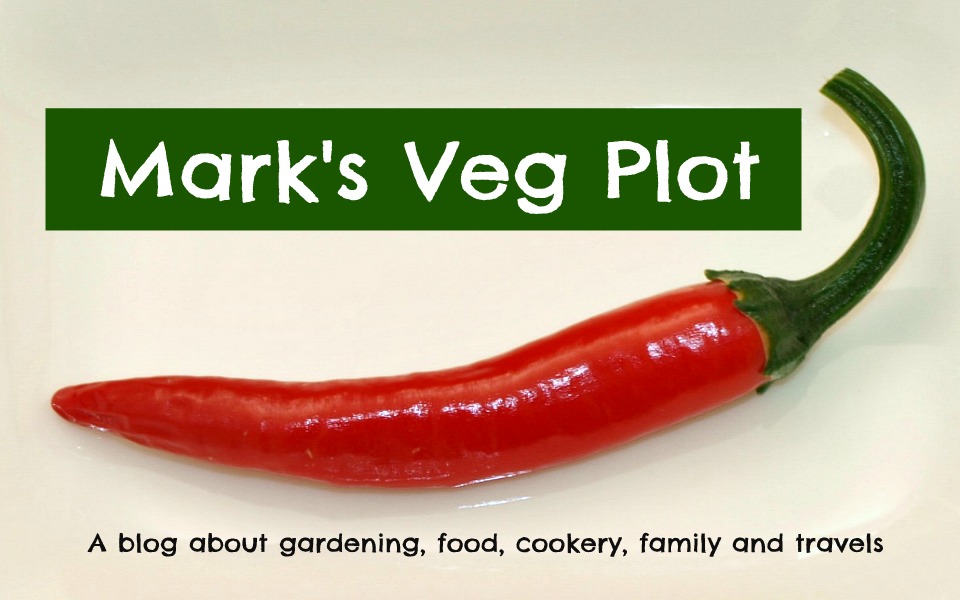The title hardly does justice to the collection of produce I harvested yesterday. Just look at this lot:-
In this picture are: Cabbage, Chard, Lettuce, Endive, Broccoli, Beetroot, Broad Beans, Peas, Potatoes - and my first-ever Daikon. I'm very proud of this Daikon. It may not be a perfect example of its type, but it certainly has character.
I pulled up one of the Daikon really only to see how big they were. This one looked as if it might be quite big, but I certainly got a surprise when it came out of the earth!
I think it's a boy Daikon, but just check out those hips!
The other veg were (thankfully) a bit more conventional. This is a "Caramba" cabbage. Generically, this type of cabbage is known as the Sweetheart, and I can understand why. I tried eating a few bits of it raw, and it is lovely - crunchy and
sweet! Ideal for making a coleslaw I would think.
We also ate the first home-grown Broad Beans of the year. Just like the peas the other day, the beans were very young and tender, but not very plentiful. I'm not going to harvest any more pods until they are a lot more mature.
Once again, I have included an "arty" photo in an attempt to "Big them up" as they say...
For me though, the pièce de résistance was the potatoes (again, the first of the year).
These were all from one pot - and I have 25 pots! Aren't they clean, and scab-free? The bigger ones are about the size of a large hen's egg.
![]() |
| There, Lara, beat that if you can! |
When cooked, these potatoes were incredibly light and insubstantial - almost buttery. Such a contrast to the rubbery and musty shop-bought ones we had the previous day.
As anticipated, most of these veg were eaten as accompaniments to a roast chicken, complete with Jane's incomparable gravy!
********************************************************************************
P.S. Following on from my post about the wooden planter we won... Several people pointed out that it would be a good thing in which to grow carrots (because it would put the carrots above the height at which Carrot Root Fly normally fly), so I have heeded this advice. I have moved my little plastic washing-up bowl of carrots off the garden table into the planter. Because the planter is so deep, I have stood the bowl on top of some bricks. I have also put into the planter a bush tomato plant and a purple sage, both of them in pots.
